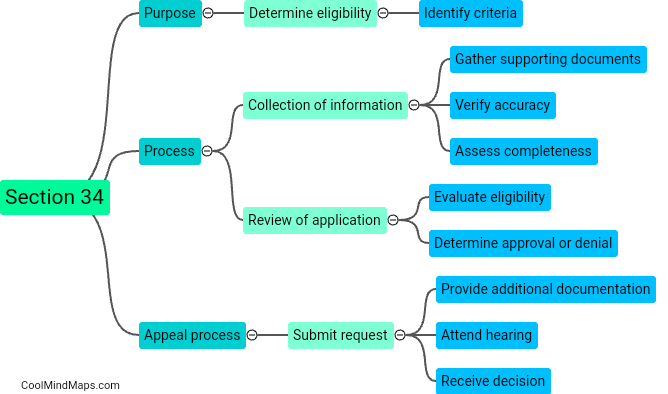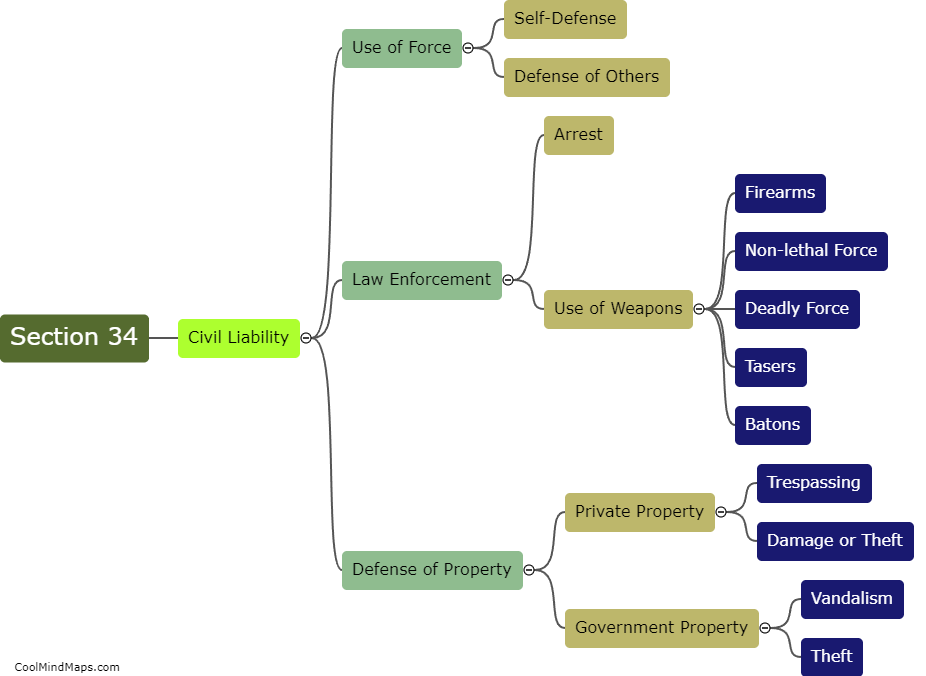What is the procedure for handling evidence in police investigations?
In police investigations, the handling of evidence is a critical procedure that ensures the integrity and validity of any findings or outcomes. The process typically involves various steps to properly collect, preserve, analyze, and present evidence. Initially, the evidence is identified and documented at the crime scene through proper techniques such as photography, sketching, and written notes. The collected items are then packaged, labeled, and sealed to maintain their integrity. Subsequently, the evidence is transferred to a secure storage facility or forensic laboratory, where specialized experts conduct examinations, tests, and analyses. Throughout this process, a strict chain of custody is maintained to track and document every movement of the evidence. Finally, the evidence is presented in court, and its admissibility and reliability are assessed by the judge or jury to reach a verdict in the case. Thorough adherence to these procedures helps ensure the accuracy, reliability, and fairness of the investigative process.

This mind map was published on 10 November 2023 and has been viewed 92 times.











